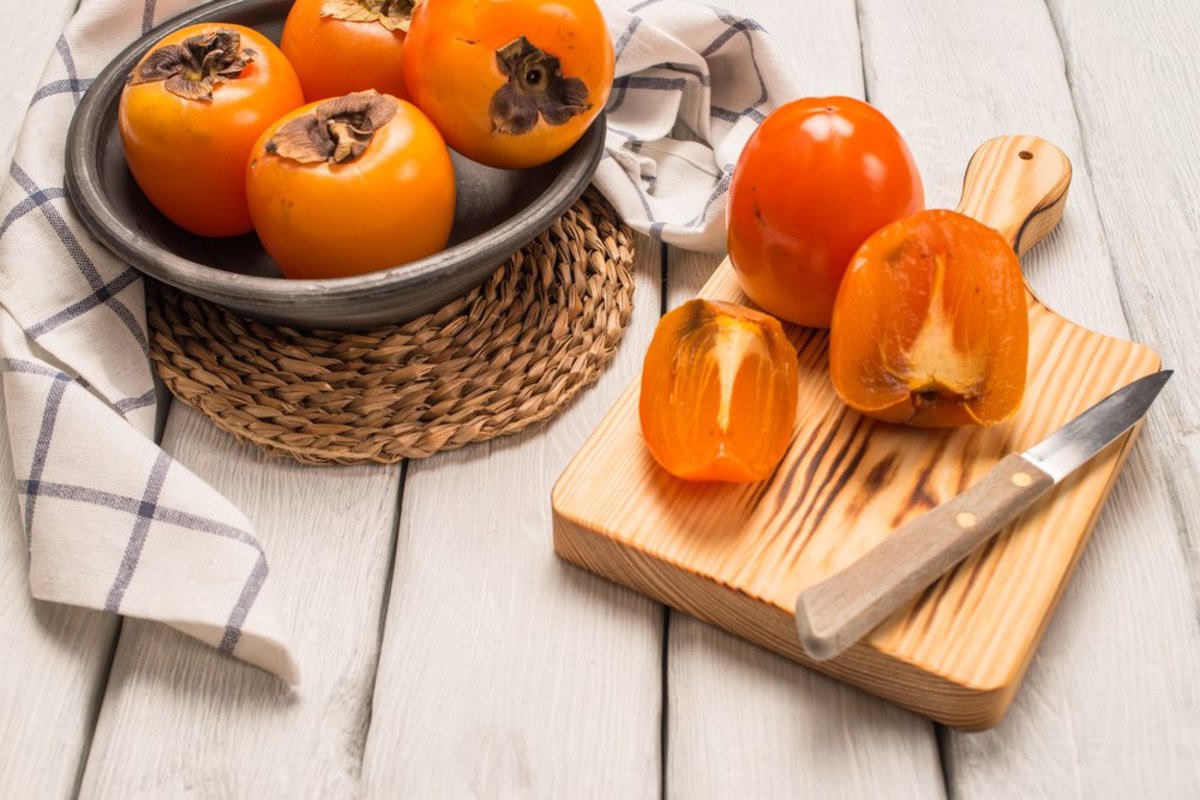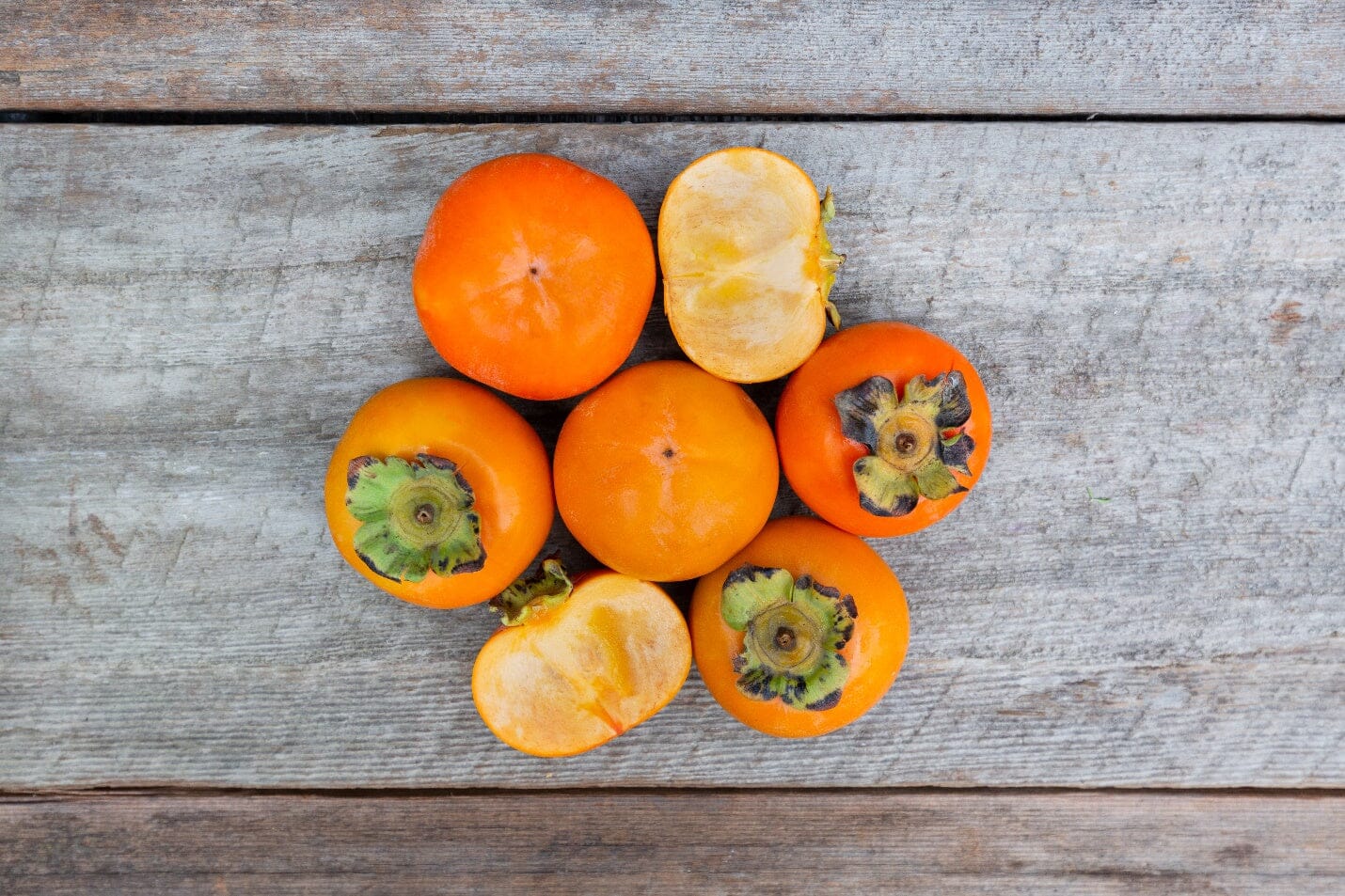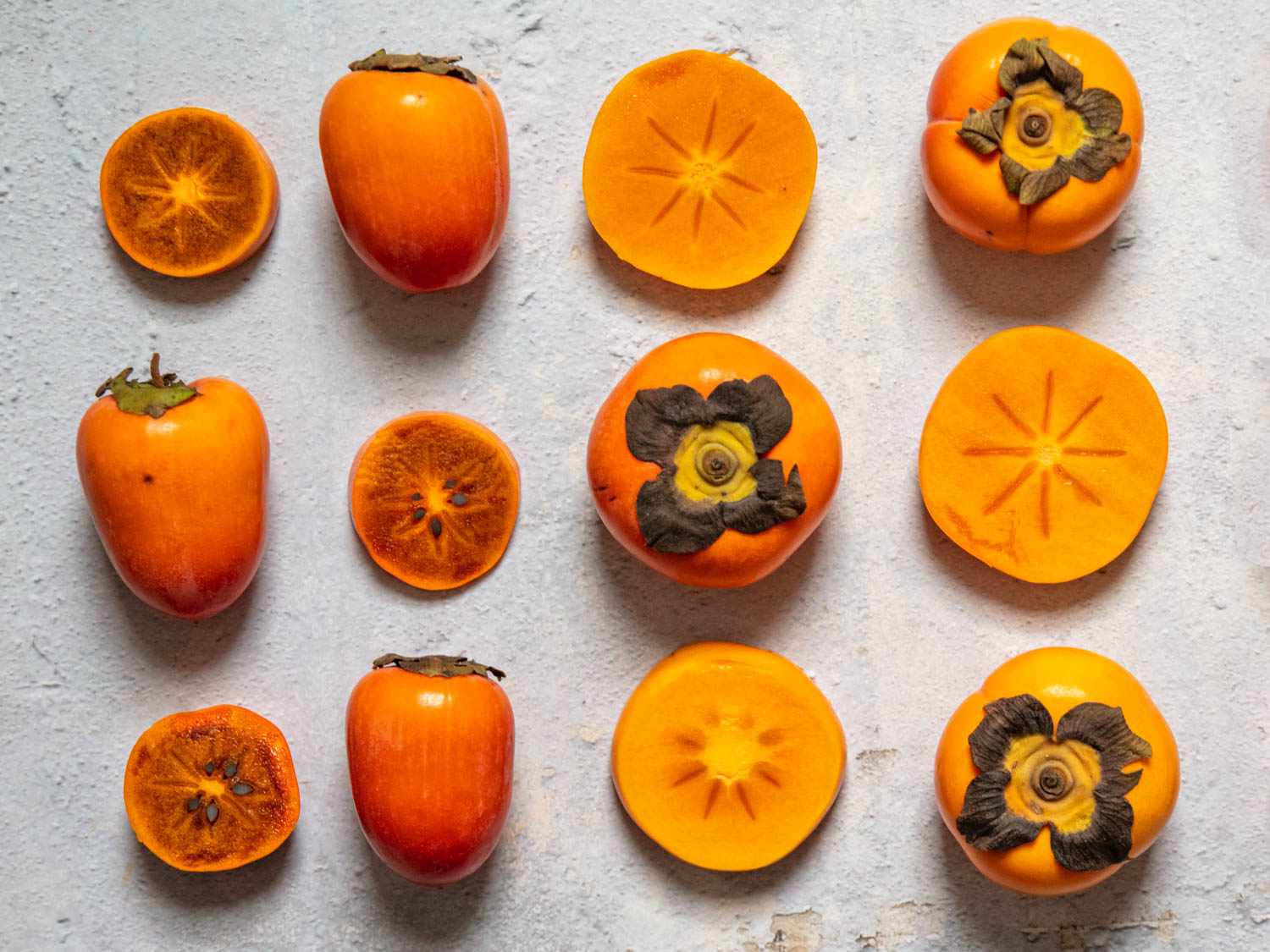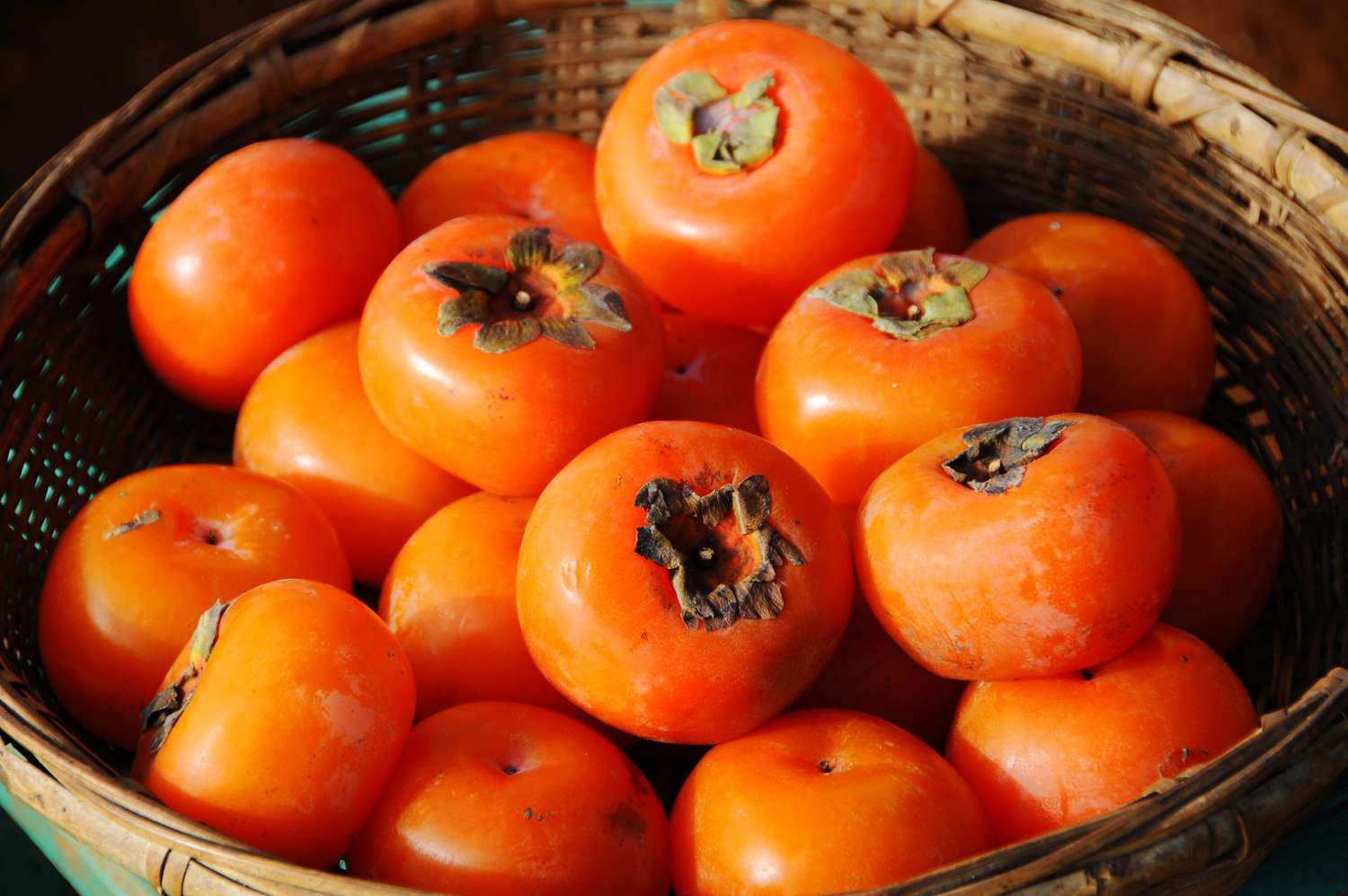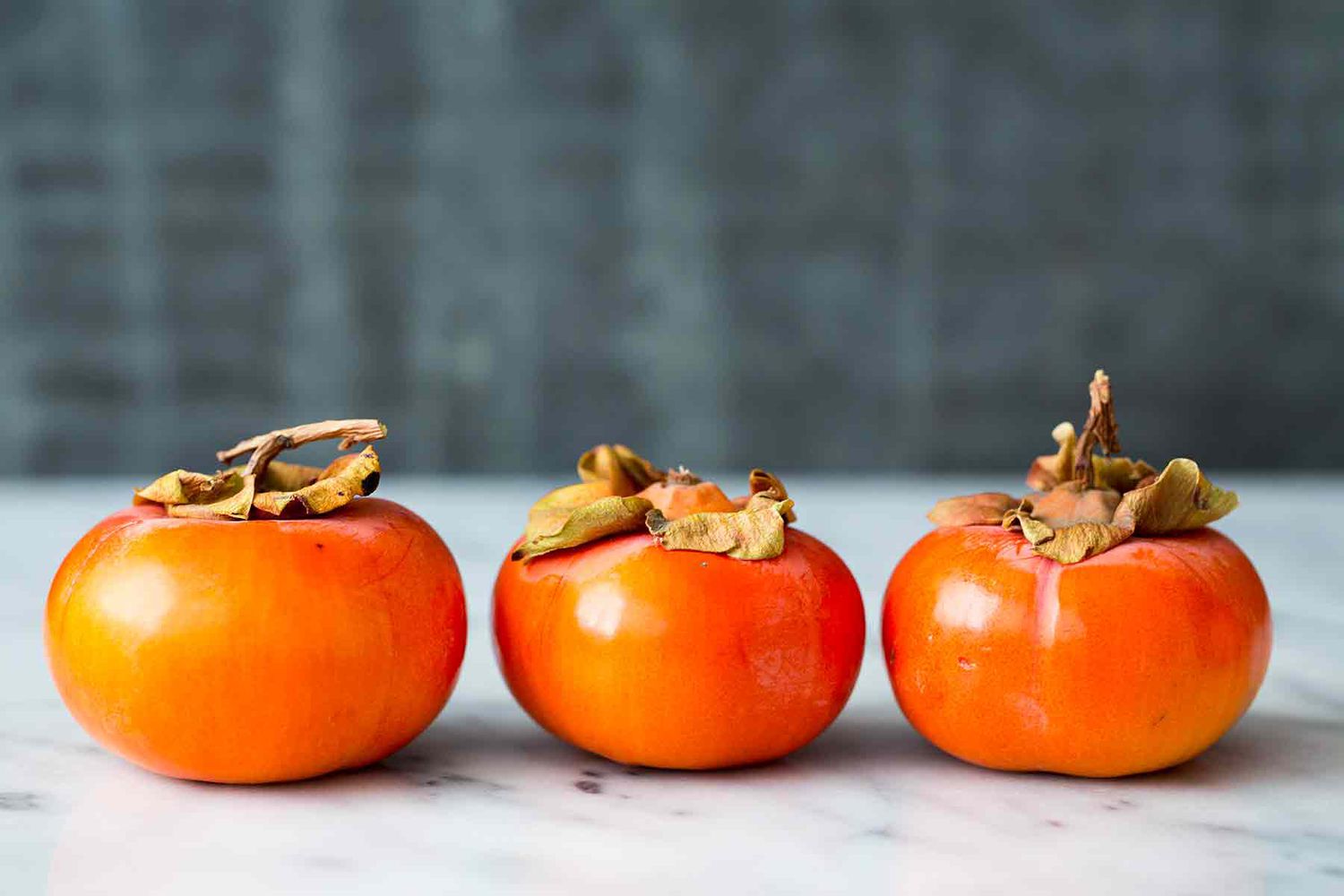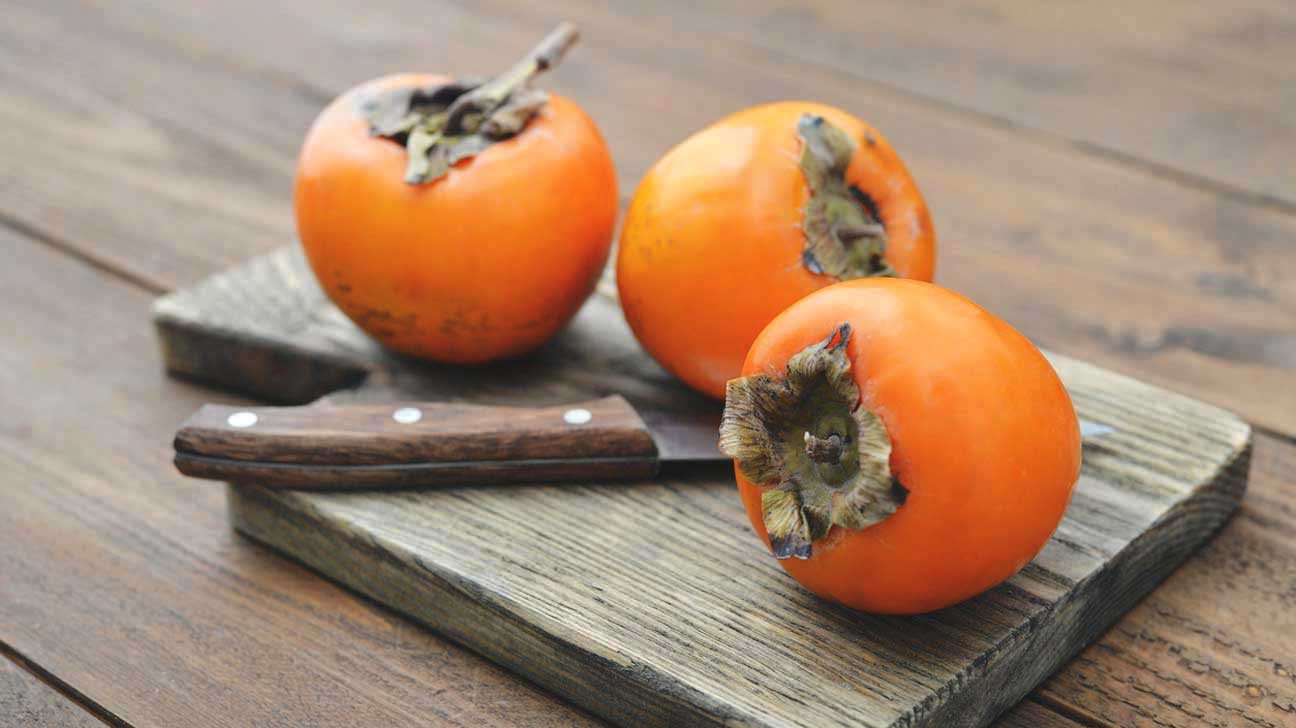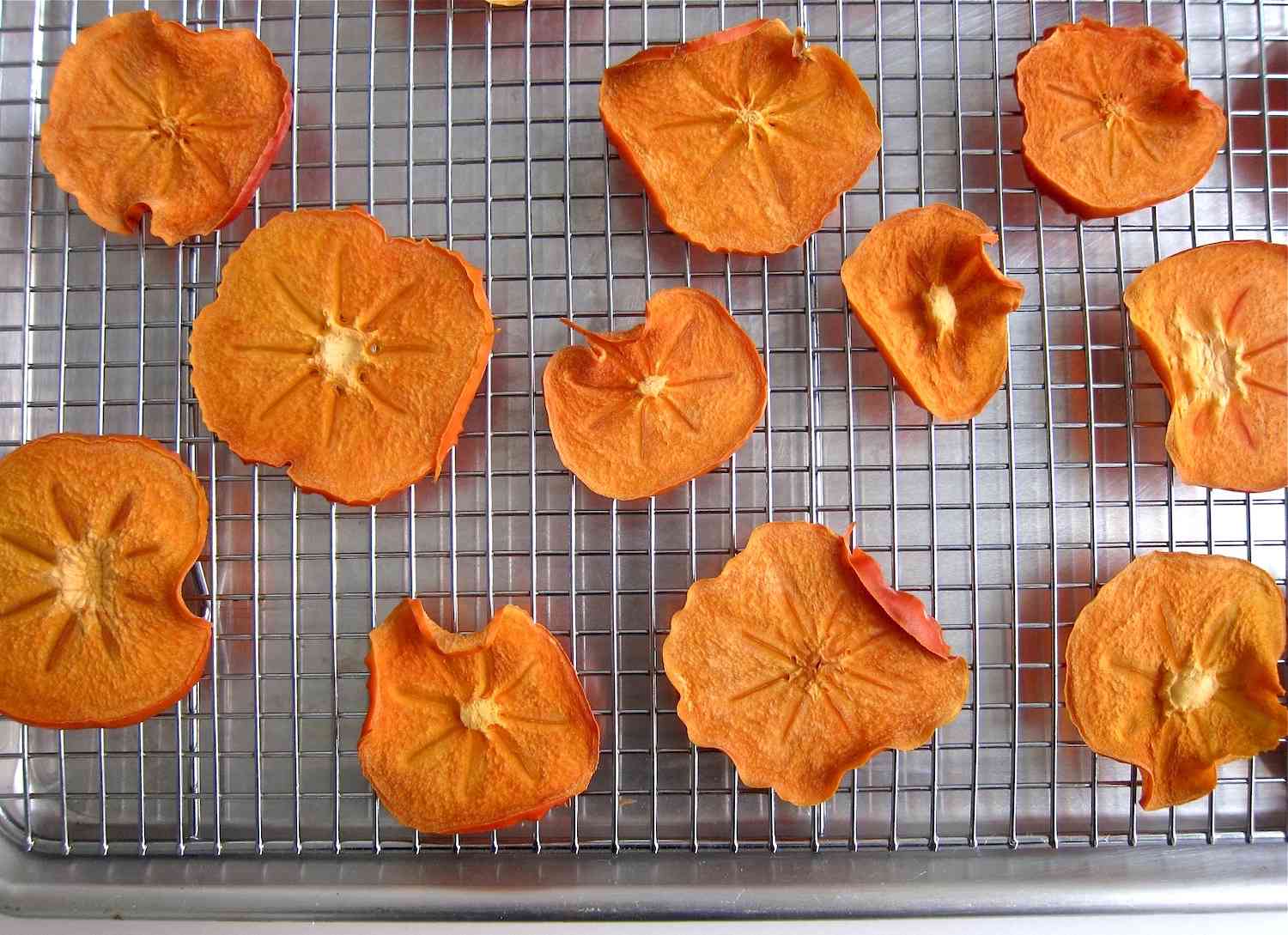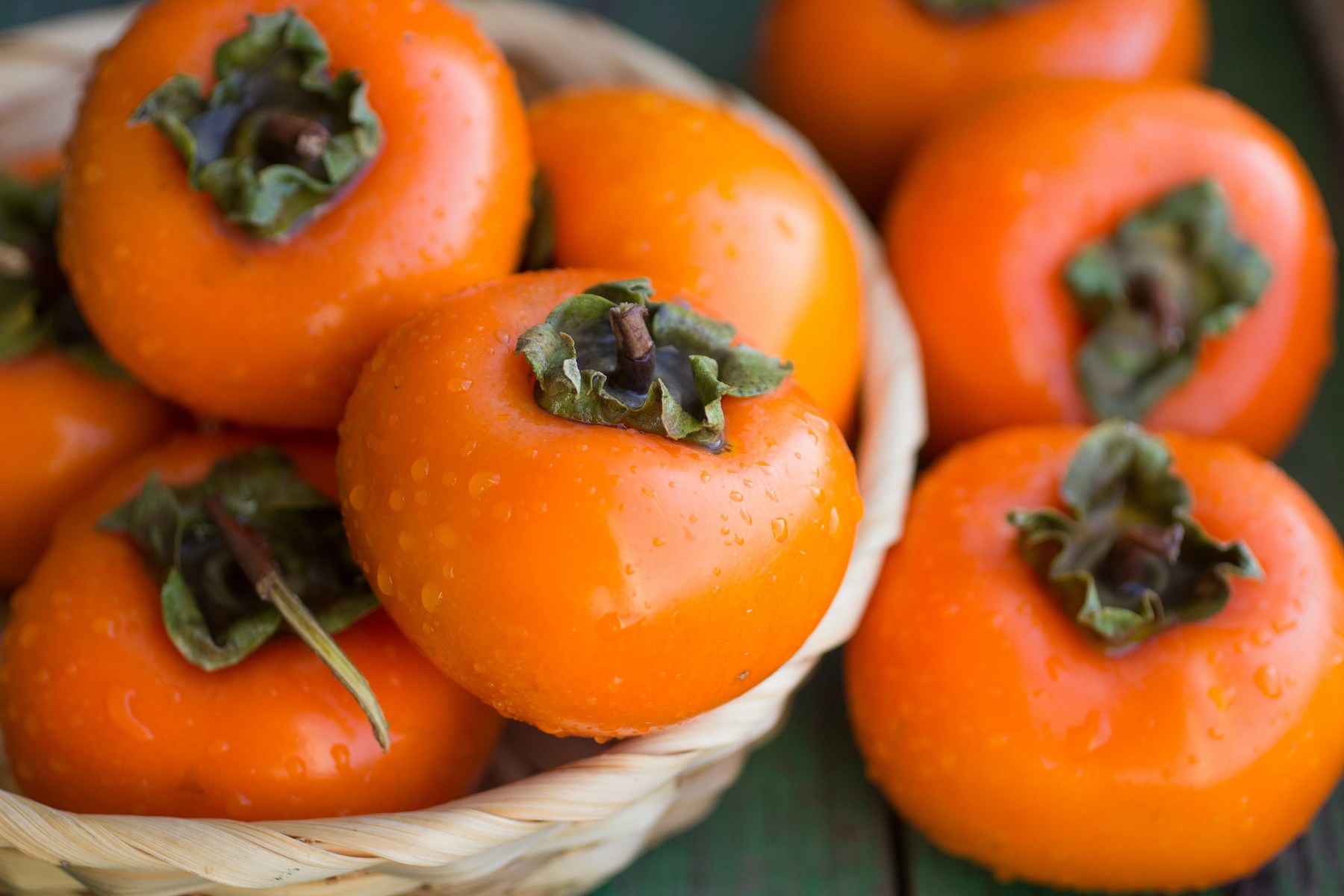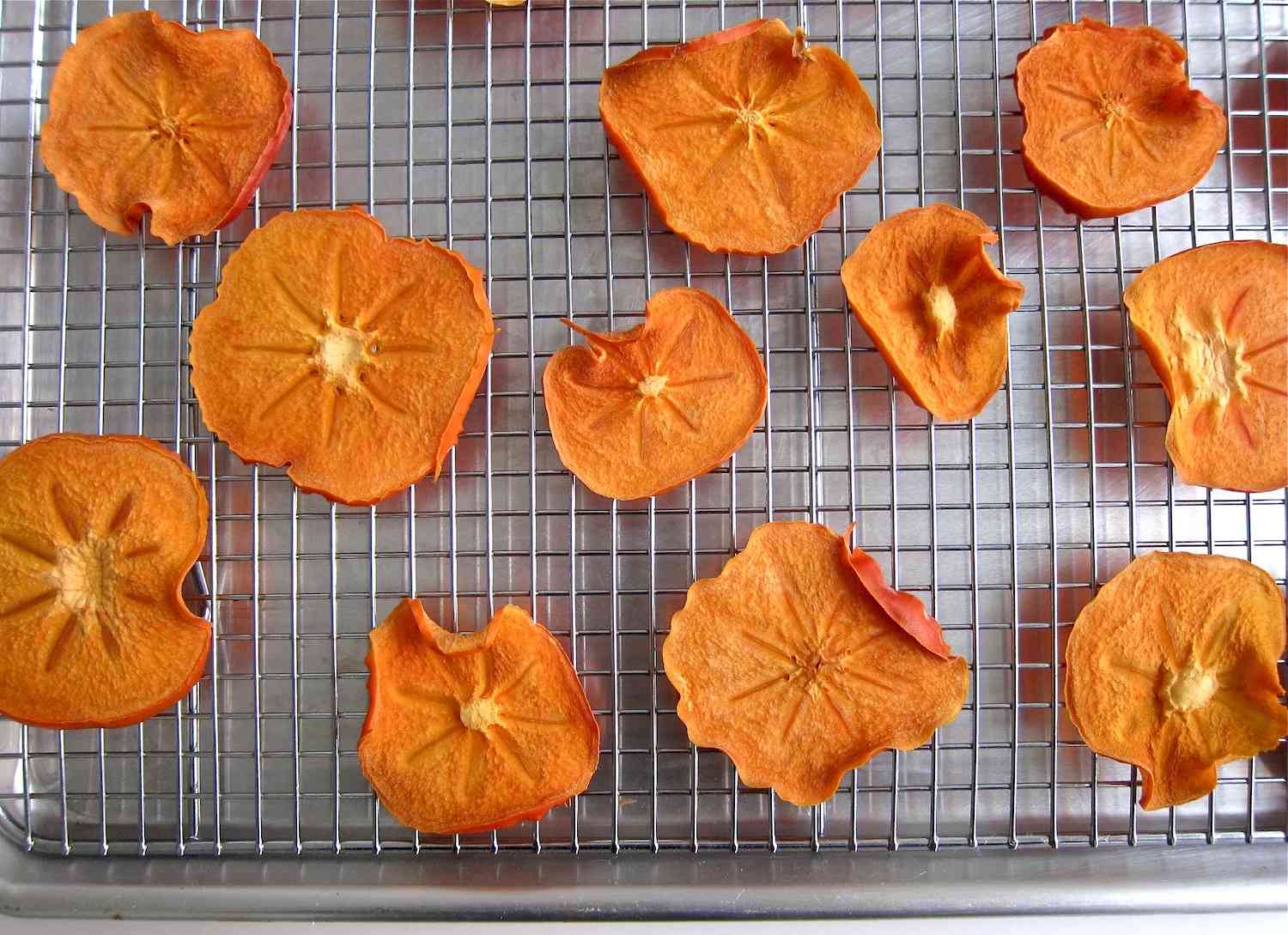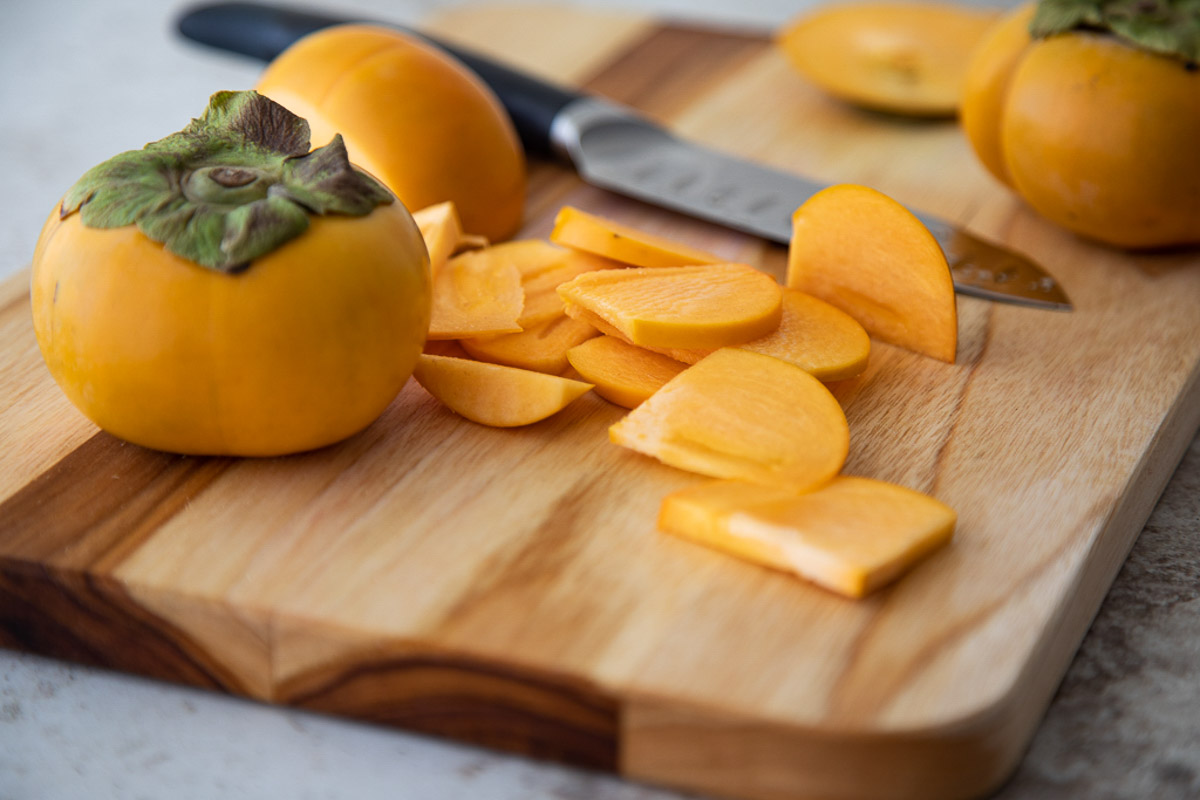Discovering the Delightful World of Wild Persimmons
Wild persimmons are a delightful and often overlooked fruit that can be found in various regions. These small, orange fruits are packed with flavor and nutrients, making them a wonderful addition to your diet. If you’re curious about how to enjoy these delicious fruits, read on to learn more about the best ways to eat wild persimmons.
1. Identifying Wild Persimmons
Before you can enjoy wild persimmons, it’s important to be able to identify them. Wild persimmon trees can be found in forests, woodlands, and even urban areas. The fruit is typically small, round, and orange when ripe. The skin may appear slightly wrinkled, and the flesh inside is soft and sweet when fully ripe.
2. Harvesting Wild Persimmons
When harvesting wild persimmons, it’s essential to wait until they are fully ripe. Ripe persimmons will be soft to the touch and have a deep orange color. You can gently pluck them from the tree or pick them up from the ground if they have fallen. It’s important to handle them with care to avoid bruising the delicate fruit.
3. Enjoying Wild Persimmons
There are several delicious ways to enjoy wild persimmons:
- Raw: Simply wash the persimmons and enjoy them fresh. The soft, sweet flesh is a delightful treat on its own.
- Preserves: Wild persimmons can be used to make delicious preserves, jams, and jellies. Their natural sweetness makes them perfect for preserving.
- Baking: Incorporate wild persimmons into your favorite baking recipes, such as breads, muffins, and cakes. The sweet flavor adds a unique twist to traditional baked goods.
- Smoothies: Blend ripe persimmons into smoothies for a refreshing and nutritious drink.
4. Nutritional Benefits of Wild Persimmons
Wild persimmons are not only delicious but also packed with essential nutrients. They are a good source of vitamins A and C, as well as dietary fiber. These nutrients support overall health and well-being, making wild persimmons a valuable addition to your diet.
5. Caution: Astringency
It’s important to note that unripe persimmons can be extremely astringent, causing a dry, puckering sensation in the mouth. To avoid this, be sure to only consume persimmons when they are fully ripe and soft.
6. Exploring the Culinary Possibilities
Wild persimmons offer a world of culinary possibilities. Whether enjoyed fresh off the tree or incorporated into a variety of dishes, these delightful fruits are a true treasure. So, the next time you come across wild persimmons, don’t hesitate to indulge in their sweet, flavorful goodness.
With their unique flavor and nutritional benefits, wild persimmons are a wonderful addition to any diet. Whether you enjoy them raw, in preserves, or as part of your favorite recipes, these delightful fruits are sure to tantalize your taste buds and provide a healthy dose of essential nutrients.
So, go ahead and embrace the joy of wild persimmons, and savor the natural goodness they have to offer!
